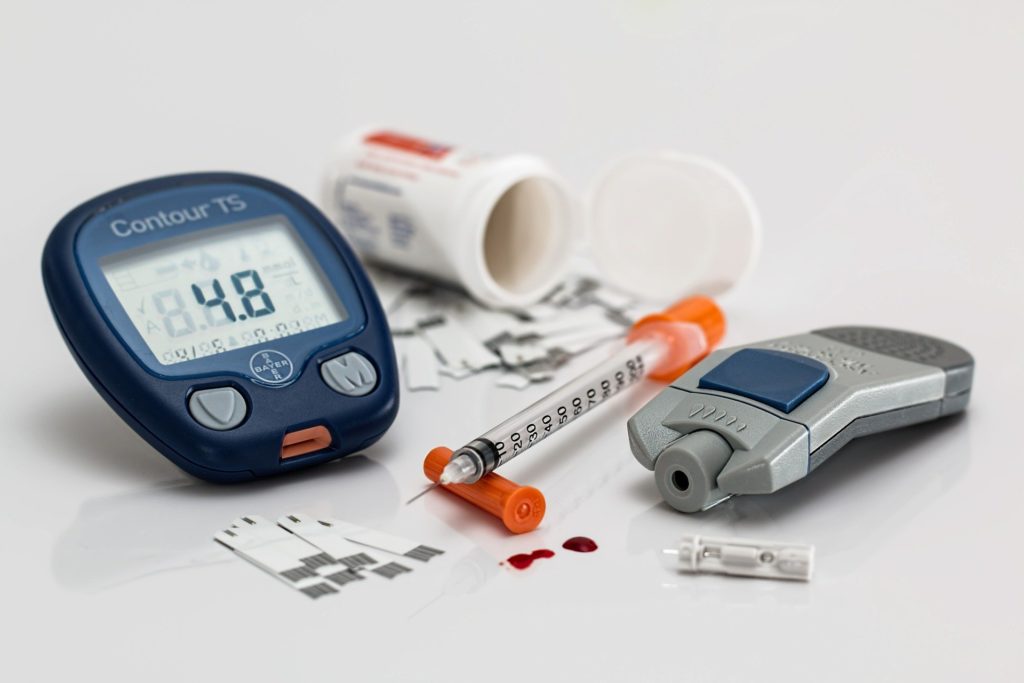
Type 2 diabetes increased by nearly 20% from 2012 to 2022, as per a recent study from the University of Georgia.
The researchers discovered an increase in diabetes across all sociodemographic groups. However, non-Hispanic Black individuals were particularly affected by the disease, with just under 16% of Black study participants reporting a diagnosis of Type 2 diabetes.
“More than one in five individuals aged 65 or older had the condition. In the same age group, the likelihood of being diagnosed with diabetes was more than 10 times higher than for people in the 18-to-24-year age bracket. Those between the ages of 45 and 64 were over five times more likely to receive the diagnosis.”
The research also revealed that individuals with lower incomes had a notably higher prevalence of diabetes compared to those with higher incomes. People with higher incomes had a 41% lower likelihood of being diagnosed with the disease, while individuals with a college education were 24% less likely to receive a diabetes diagnosis.
“Diabetes is on the rise in the U.S. and is projected to continue increasing in the future,” stated Sulakshan Neupane, the lead author of the study and a doctoral student in UGA’s College of Agricultural and Environmental Sciences. “The annual cost of diabetes is approximately $412 billion, encompassing medical expenses and indirect costs such as loss of productivity. This substantial amount is expected to grow as more individuals are diagnosed with the disease.”
South, Midwest particularly vulnerable to diabetes
The researchers utilized data from the nationally representative Behavioral Risk Factor Surveillance System, an ongoing health survey of over 400,000 individuals.
They used the same dataset for a paper that was published by the American Journal of Preventive Medicine in April. The paper highlighted the economic impact of Type 2 diabetes and the increased prevalence of the condition over the same study period as the current paper.
The researchers found regional differences in diabetes prevalence, with the South and Midwest experiencing large increases in Type 2 diabetes cases. Arkansas, Kentucky, and Nebraska reported the highest increases between 2012 and 2022. Over the decade-long study period, ten states saw increases of 25% or more: Arkansas, Kentucky, Nebraska, Texas, Alabama, Minnesota, Illinois, West Virginia, Delaware, and Massachusetts. “In these areas, people are at a higher risk of developing diabetes, so policymakers and public health officials need to focus on these regions,” Neupane said.
Overweight, obese individuals more likely to have diabetes
Obese and overweight individuals had a higher likelihood of being diagnosed with Type 2 diabetes. In 2022, 1 in 5 obese individuals reported having the disease, while 1 in 10 overweight participants reported the condition.
Physically active individuals had a prevalence of under 10% for diabetes, while inactive people experienced a rate closer to 19%.
“It is crucial to identify these risk factors and take steps to mitigate them,” Neupane emphasized. “Being more physically active and paying greater attention to your physical health is essential. While certain risk factors such as age and race are beyond our control, some measures can be taken to reduce the risk of diabetes, such as adopting a healthy diet, maintaining an active lifestyle, and managing weight.”